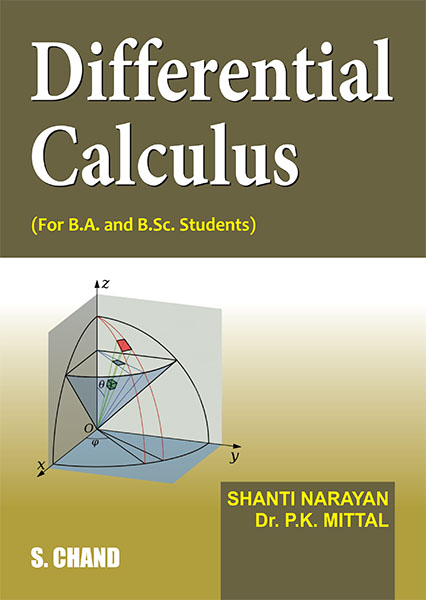
Approximation with Euler’s method: Differential equations Separation of variables: Differential equations Particular solutions to differential equations.
#Differential calculus functions series
Dynamics of Continuous, Discrete and Impulsive Systems, Series A: Mathematical Analysis. Learn integral calculus for freeindefinite integrals, Riemann sums, definite integrals, application problems, and more. "Extending the Algebraic Manipulability of Differentials". ^ Bartlett, Jonathan Khurshudyan, Asatur Zh (2019).Generalization to higher dimensions The Hessian

In Leibniz notation:Ī = d v d t = d 2 x d t 2, įor other well-known cases, see Eigenvalues and eigenvectors of the second derivative. Informally, the second derivative can be phrased as "the rate of change of the rate of change" for example, the second derivative of the position of an object with respect to time is the instantaneous acceleration of the object, or the rate at which the velocity of the object is changing with respect to time. Now, if x x is small we can assume that y dy y d y. If we think of x x as the change in x x then y f (x+x) f (x) y f ( x + x) f ( x) is the change in y y corresponding to the change in x x. and it must exist for every value in the function's domain. Show Solution There is a nice application to differentials. Example: is x 2 + 6x differentiable Derivative rules tell us the derivative of x 2 is 2x and the derivative of x is 1, so: Its derivative is 2x + 6 So yes x 2 + 6x is differentiable.


In calculus, the second derivative, or the second-order derivative, of a function f is the derivative of the derivative of f. Differentiable Differentiable means that the derivative exists. The second derivative of a quadratic function is constant.


 0 kommentar(er)
0 kommentar(er)
